4 Exploring Baltimore History Through Primary Sources
- UBalt Special Collections & Archives website
- Research Using the Archives LibGuide
- Online Collections Database
Bring any questions you have to discuss with the class!
The In-Class Activity: Exploring Baltimore History Through Primary Sources
Learning Objectives:
- Use the UBalt Special Collections & Archives to locate primary sources
- Analyze primary sources
- Distinguish primary sources from secondary sources
- Create research questions using primary sources focused on Baltimore history
Instructions
Step 1: Before class you were given a few resources to explore. Bring any questions you have about these resources to class to discuss with the instructor and your classmates. Today you’ll learn to investigate primary sources together—the more questions the better!
Step 2: Your instructor will introduce the Exploring Baltimore History Through Primary Sources activity and then separate everyone into up to five groups. Each group will have an item (a primary source). Use your item and the finding aid for its collection to answer the activity questions 1–3.
Step 3: The class will come together to describe and share what they learned about their primary sources. The class can discuss, ask questions about each item, and offer feedback for additional questions.
Step 4: Back in your small groups, you will answer question 4 and discuss research questions using the item. Also, begin to consider other sources you might use in such a research project.
Step 5: As a class you will discuss your research questions and search strategies; review resources in the archives and the library; and ask any lasting questions.
End of Class: Don’t forget! Download your answers so that you can turn them into your instructor for credit.
Group 1:
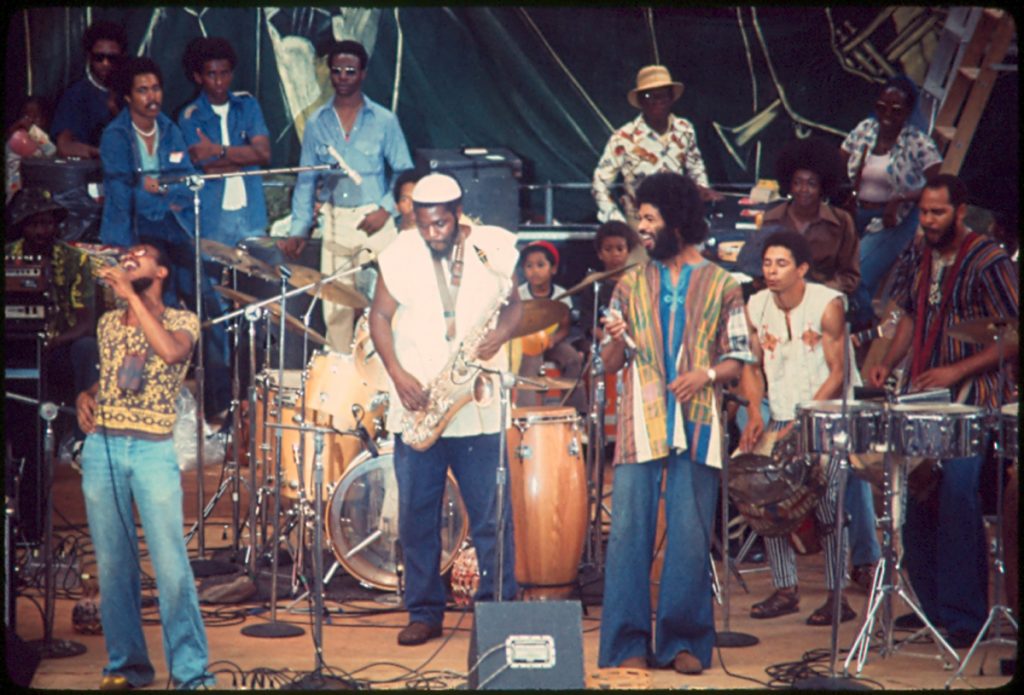
- Explore the finding aid describing the Robert Breck Chapman Photographs, R0102-RBC. University of Baltimore Special Collections & Archives.
Group 2:
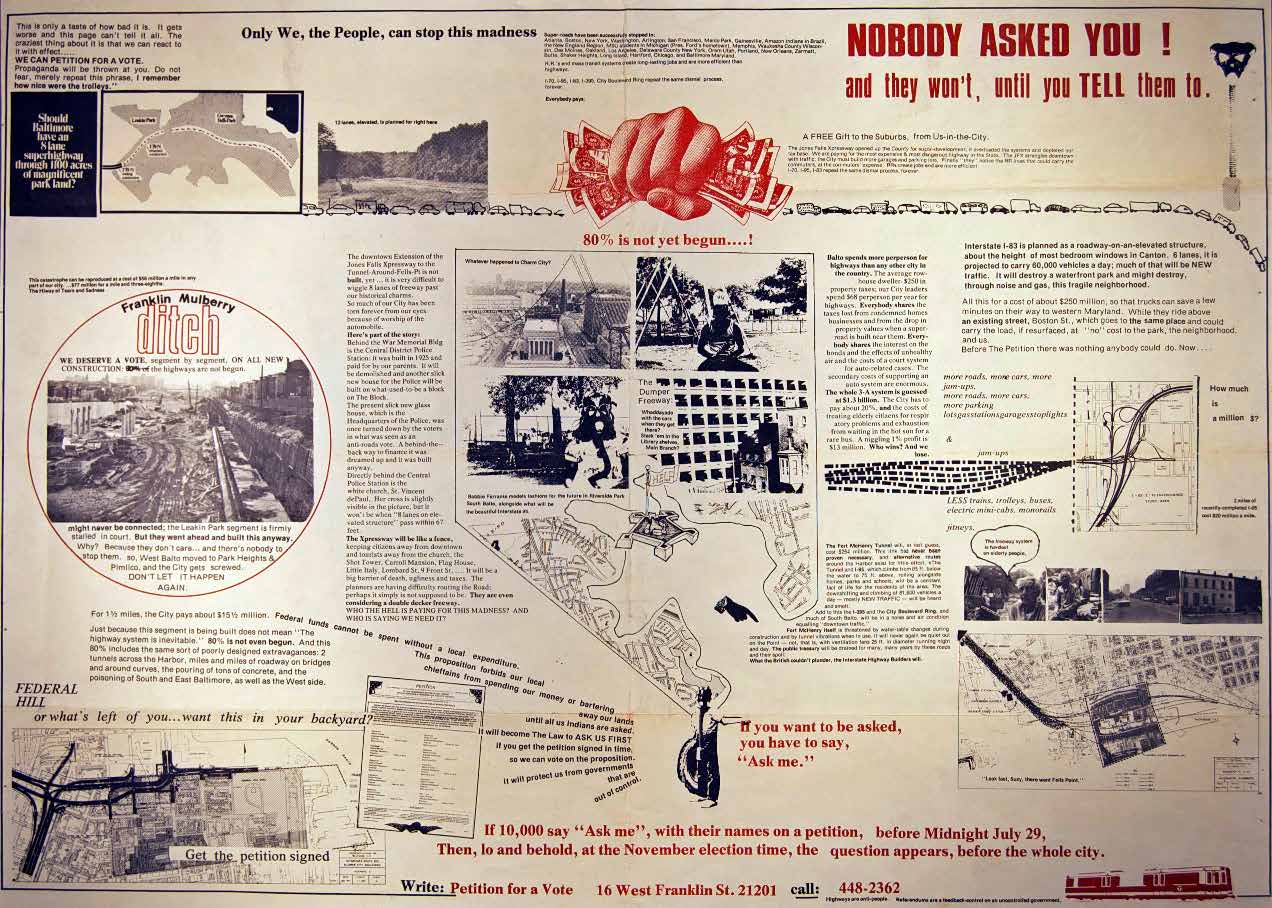
- Explore the finding aid describing the Movement Against Destruction Records, R0062-MAD. University of Baltimore Special Collections & Archives.
Group 3:
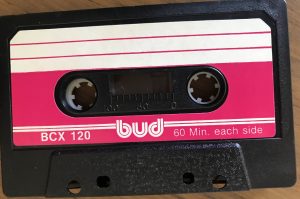
- Listen to the Oral History Interview with Ethel Ennis.
- Read the Oral History Interview with Ethel Ennis Transcript.
- Explore the finding aid describing the Baltimore Voices Company Records, R0020-BVS. University of Baltimore Special Collections & Archives.
Group 4:
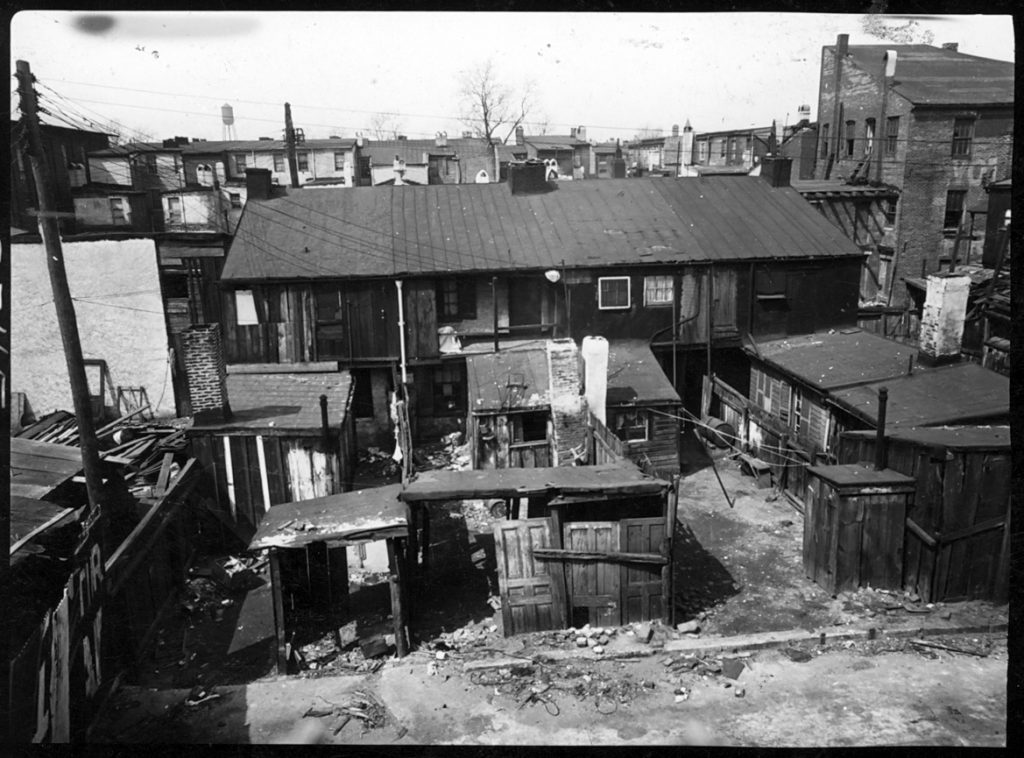
- Explore the finding aid for the Citizens Planning and Housing Association Records, R0032-CPHA. University of Baltimore Special Collections & Archives.
Group 5:
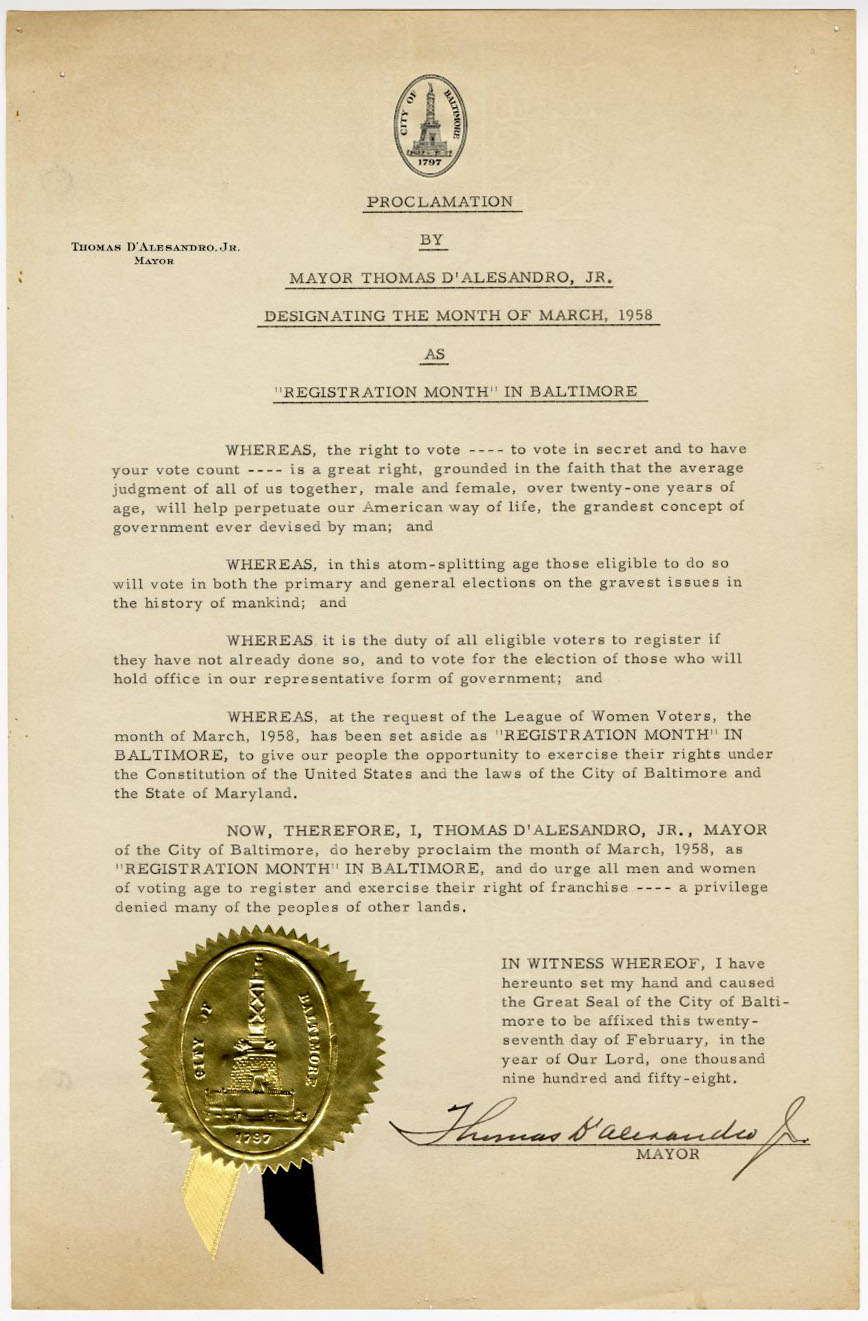
- Explore the finding aid for the League of Women Voters of Baltimore City Records, R0061-LWV. University of Baltimore Special Collections & Archives.
- The questions in this exercise are based on the LOC tool. “Primary Source Analysis Tool,” Getting Started with Primary Sources, Library of Congress, accessed January 21, 2021, https://www.loc.gov/programs/teachers/getting-started-with-primary-sources/guides/ ↵
According to the Dictionary of Archives Terminology, Primary sources are materials that contains firsthand accounts of events and that was created contemporaneous to those events or later recalled by an eyewitness.
description that typically consists of contextual and structural information about an archival resource.
https://dictionary.archivists.org/entry/finding-aid.html
